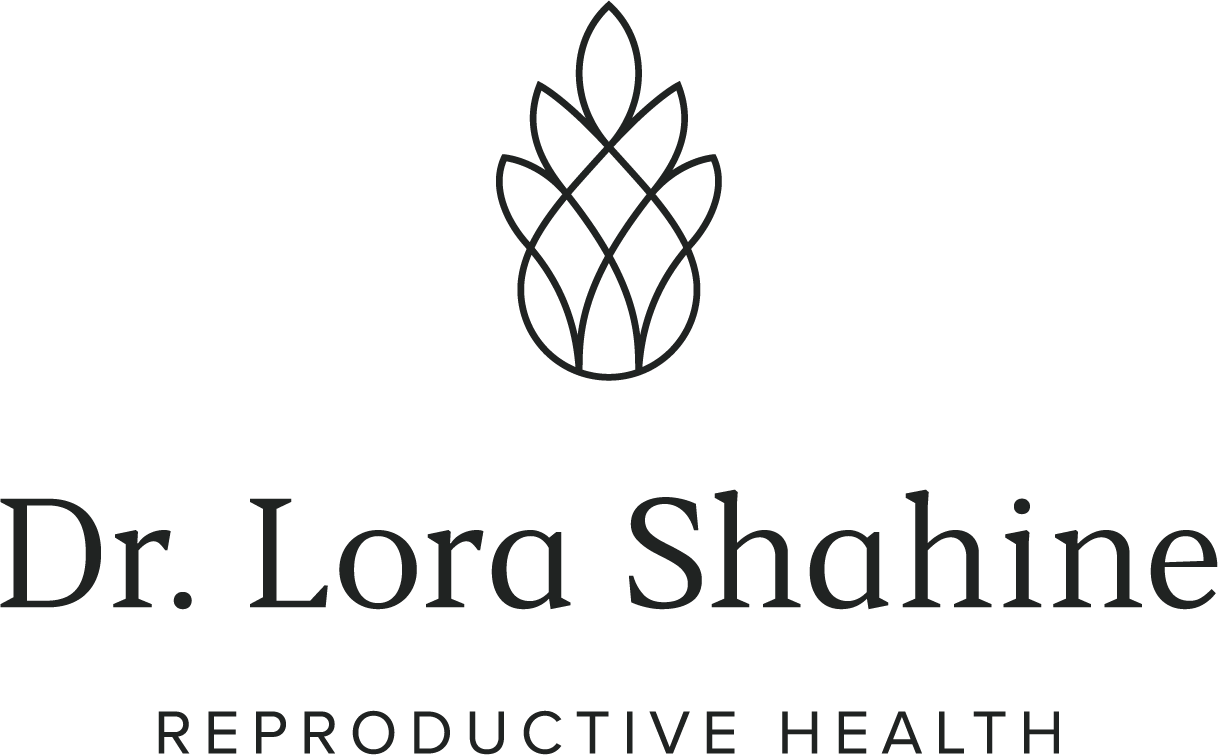IVF and Fitness: What You Need to Know
Exercise is an integral part of physical and mental health. Yet, when people undergo in vitro fertilization (IVF), they’re often told to stop exercising altogether.
While you should always talk with your doctor about your situation, this article shares why I encourage my patients to continue exercising (with modifications) during IVF.
Does exercise impact fertility?
I recommend some additional reading and viewing on exercise and fertility outside of IVF. With in-depth research on fitness and fitness, check out my YouTube video and blog post. These resources will teach you about the fertility risks of being both sedentary and overactive and recommendations for finding balance.
How much exercise is too much for IVF?
When a patient asks me, “How much exercise is too much?” I want to look at the data.
One study observed the self-reported exercise routines of over 2,000 Boston-based women before their IVF cycles. This study concluded that regular exercise did not impact outcomes of IVF. However, there was a 40% lower success rate in women who reported more than four hours of vigorous exercise in the week leading up to their IVF cycle.
Should I be exercising less than 4 hours per week?
The Boston study is the best evidence we have, and the study shows an alarming drop in success rate with four or more hours of vigorous exercise. However, I don’t think a hard and fast number will work. Every person is different, everybody is different, and the intensity of workouts will also be different often at an individual level.
As explained in my fitness and fertility YouTube video, pushing your body to exhaustion in vigorous exercise can shift your body to “fight or flight” mode. In this state, the stress hormone cortisol releases into the body, and your body’s focus is on recovery and protection instead of reproduction.
I don't want to say that anyone trying to conceive shouldn’t exercise more than four hours per week because that's too black and white. You might exercise a lot and it could take more for you to enter “flight or flight” mode. However, modifications to lower intensity, certainly when you’re in an IVF cycle, can help improve outcomes and prevent other issues.
Is it risky to exercise during an IVF cycle?
Exercise during IVF cycles can cause ovarian torsions, which is a driving reason why doctors might recommend avoiding exercise altogether.
Here’s how it can happen:
In an IVF cycle, you’re recruiting more eggs than naturally due to gonadotropins. When you’re ovulating more eggs, your ovaries will become enlarged from developing and maturing the eggs inside of follicles, which are little pockets of fluid.
Torsion is a process in which the ovary twists on itself, with the blood supply getting cut off in the twisting process, and it can be exacerbated by the enlarged ovary size during an IVF cycle. Ovarian torsion can be very painful, and (in emergencies) require laparoscopic surgery to untwist.
Before you begin to worry, I want to express: Ovarian torsions are rare. It occurs in about 0.03% of IVF cycles. However, I encourage you to think of exercise modifications to reduce this risk as you get closer to your egg retrieval. For example:
When swimming, avoid flip turns
When doing yoga, avoid inversion (such as handstands and downward dog) and high-impact classes
Avoid high-impact exercises
No acrobatics
You can still move your body and experience the benefits of exercise, but adjust your movements to avoid any twisting or quick changes in body position. Keep moving, but modify your normal routine.
Should I avoid exercise altogether?
IVF is mentally draining. It requires mental energy to remember your daily shots, appointments, and everything else on your to-do list. You’ll likely feel tired and bloated, but this doesn’t mean that your body wants to do nothing; it means that your body wants you to take it easy.
Moving your body is healthy, and I tell my patients that it’s okay to move their bodies during an IVF cycle and early pregnancy as long as it’s gentle. Choose low-impact exercises, such as yoga, walking, and even light jogging. Don’t push yourself to exhaustion, and don’t do exercises that can increase the risk of ovarian torsion. And, of course, listen to your doctor’s recommendations for your unique situation.
I hope this is helpful. If you have any questions or other topics you’d like me to cover, comment on my YouTube video.



